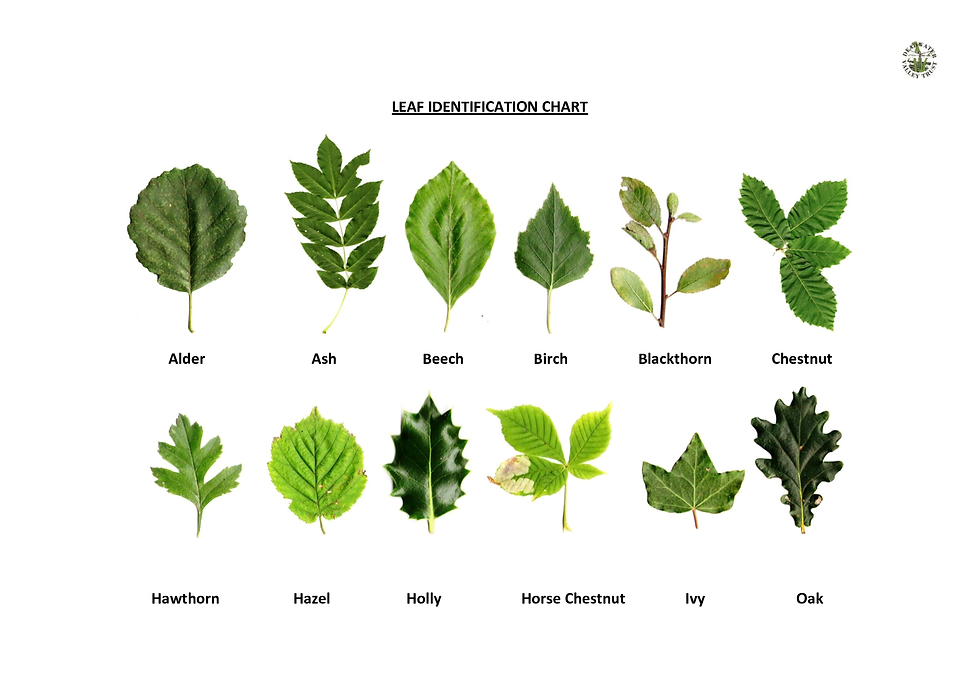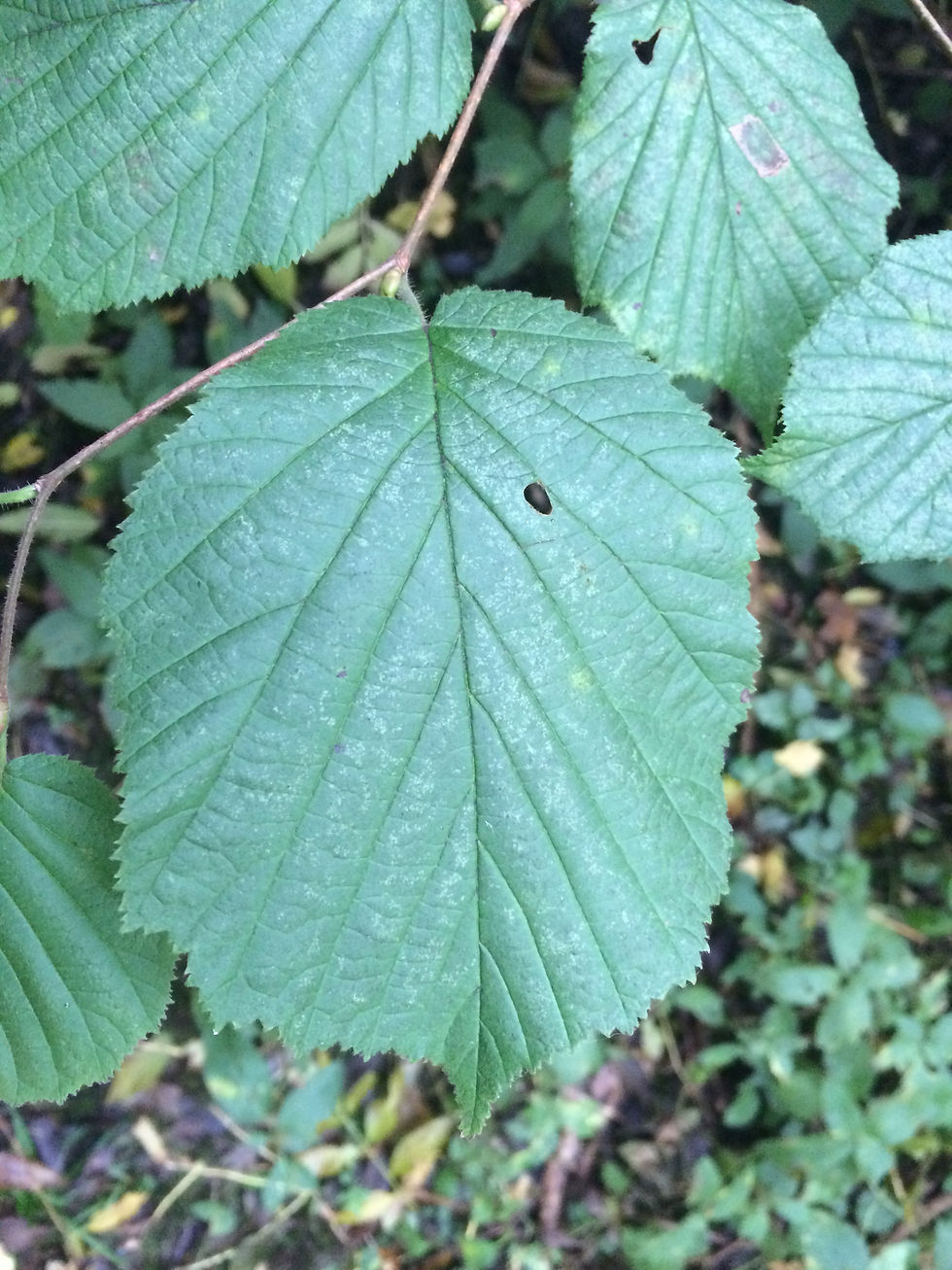MPP Research
- Dave Macey

- Nov 1, 2015
- 1 min read


Yesxterday I paid another visiti to LSW to take some colour photos and to try and identify some of the trees.

Coppicing is a traditional way of managing a woodland. Certain species of trees if cut near the base will then spurt new growth rapidly, which makes them an ideal source of sustainable wood. The traditional tree species used for coppicing are hazel, birch, willow, ash, hawthorn and alder and more information information can found at
So far I've managed to identify two types of trees, Hazel and Hawthorn. The hazel leaf is more round with serrated edges and the hawthorn is smaller with smoother edges and has roughly 5-6 pieces that form the outline.
Both of these trees are traditionally coppice trees, which then supports the theory that this is a coppice wood that's been in existence since the 17th century. Also there seems to be no evidence of coppicing being performed recently, which I think might be because the army do not coppice woods, they're to busy trying to blow things up.
However there are more species of trees within LSW, there are bigger trees which I dont think would be used for coppicing. These will be investigated on my next visit and so will hopfully provide more information about LSW.



Comments